How to Cook Hard-Boiled Eggs
on Sep 19, 2016, Updated Apr 07, 2020
This post may contain affiliate links. Please read our disclosure policy.
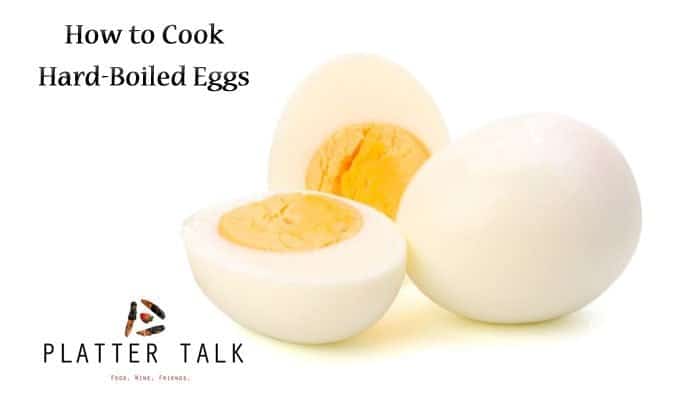
How to Cook Hard-Boiled Eggs is one of the most common questions we get here on Platter Talk. Thinking that most people know how to cook a hard boiled egg is an assumption that we all too often make in error. Although many of us think that we know how to do this seemingly simple cooking task, it is common to cook a hard-boiled egg poorly without even realizing it.
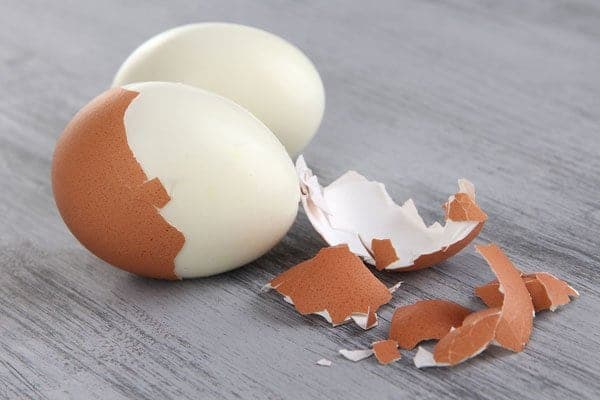
How to make them
Throwing some eggs in boiling water and sort of forgetting about the time is easy. That’s because a hard-boiled egg will look pretty much the same on the outside if it cooks for 10 minutes or for 30 minutes. Just like people, it’s what’s inside the shell that tells the true tale.

An overcooked egg is tough and the yolk will be dense and hard. The white can emit an unpleasant odor, leading one to question the freshness of the egg. The deeper the rim, the more overcooked the egg.
Today, you’re going to learn how to cook Hard-Boiled Eggs
and get the BEST results!
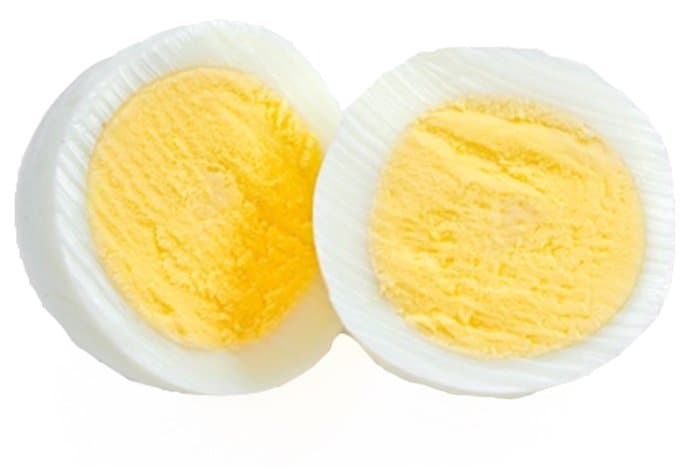
A hen’s body temp is about 105℉. Why do you need to know that? Because it will help you to understand why peeling a hard-boiled egg is sometimes difficult and sometimes a breeze.
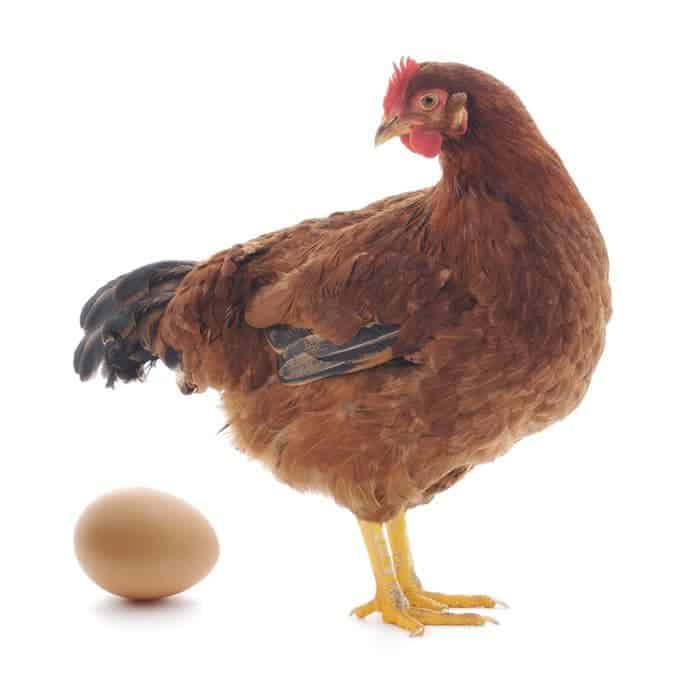
When an egg is first laid, there is a membrane-lined shell with an egg sack inside, which is contained by its own membrane. They’re almost the same size except for a very small air cell inside separating the two membranes. As the freshly laid egg cools down to room temperature, the liquid inside the egg sack contracts and pulls away from the shell, separating the two membranes.
As the egg further ages, carbon dioxide and moisture from the liquid escape through the porous shell. Air passes to the inside of the shell, adding more space between the inner and outer membrane. This is the reason why it’s so difficult to peel a fresh egg when hard-boiled. There isn’t enough air between the two membranes of the egg sack and shell. When you try to peel the shell from the egg, the white sticks to the shell-like glue. One can end up throwing a good portion of the white-out that is adhered to the shell.
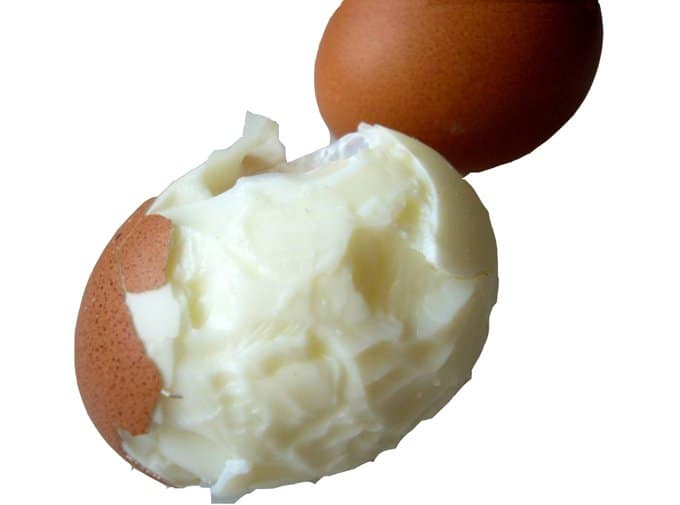
To avoid this dilemma, use eggs that have been stored in your fridge a week to 10 days. This will ensure that an ample air pocket and membrane separation has occurred, allowing for a smooth peeling process.
Want some uniform, centered yolk eggs? About 24 hours before cooking your hard-boiled eggs, open up the carton and flip the small end up so it’s facing the top. Place carton back in the fridge. This helps the yolk center before cooking. With this step, when you slice your cooked and peeled egg in half (for deviled eggs, perhaps) you should have a beautifully uniform, bullseye and centered yolk.
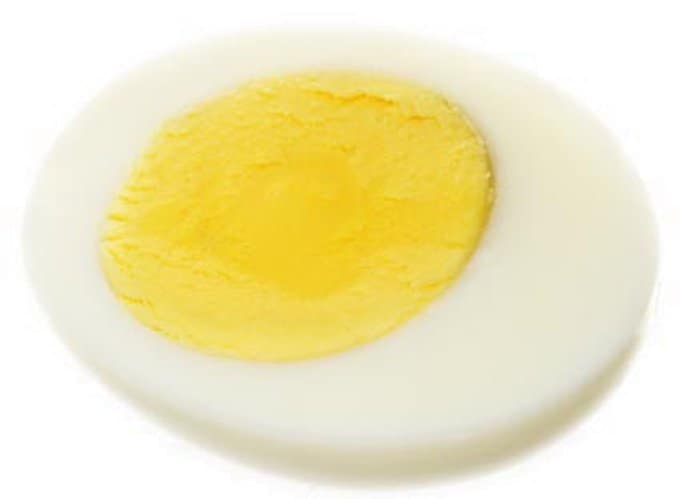
Now for the actual cooking:
This is pretty easy too. One just needs to pay attention to the TIME and TEMP. No, you don’t have to get your Taylor thermometer out. You only need to be able to read the clock or set a timer
- Choose a pot of your choice of size that has a matching lid.
- Place only enough eggs to make one layer inside your pot.
- Next, pour enough cool water over the eggs to make the depth of water one inch or so over the top of the eggs.
- Turn heat to high and wait for water to come to a rolling boil. That means large bubbles form and cause visible movement in your pot of eggs and water. The temperature is now at 212℉.
- At this point you are ready to cover the pot and remove from heat.
- Now starts the count down. Eggs should stay in covered pot for the following minutes:
- Extra Large -15
- Large -12
- Medium -9
- While you’re waiting for the eggs to cook, place ice in a bowl of water.
- As soon as the eggs are ready, place the drained eggs in the bowl of cold water and let them stay there until completely cooled down. This stops any carry over cooking, eliminating the chance of the tell-tale green ring around the yolk. 10 minutes should easily do the trick.
To peel, pull an egg from the water and gently tap it against you kitchen counter in 3 or 4 places, rotating as you do so. Once this is done, the shell should come right off. If you place the shelled egg back in the water bath it will help eliminate any small pieces of shell that might still be stuck to the egg.
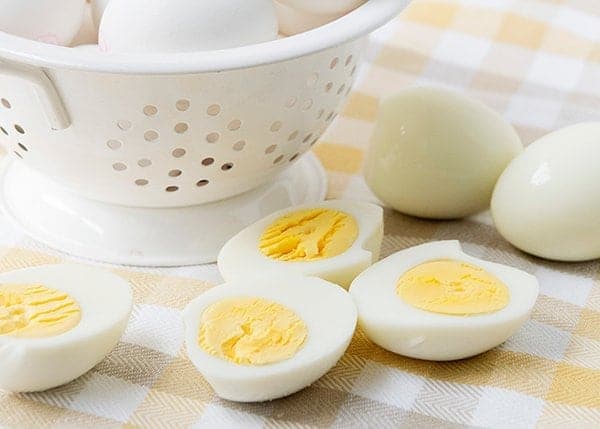
Hard-boiled eggs may be kept refrigerated for up to a week. You can keep them in the shell and peel as needed or you may place peeled eggs in a container and cover with water. If you are storing the eggs in water, keep them tightly covered, changing the water daily.
TIP:
Sometimes hard-boiled eggs end up in the same container as raw eggs. How to tell the difference? A hard-boiled egg, when placed on a flat surface on its side, will spin longer than a raw egg.
Fun Fact: Make your eggs in a rice cooker! Find out here: How to Cook Eggs in a Rice Cooker.
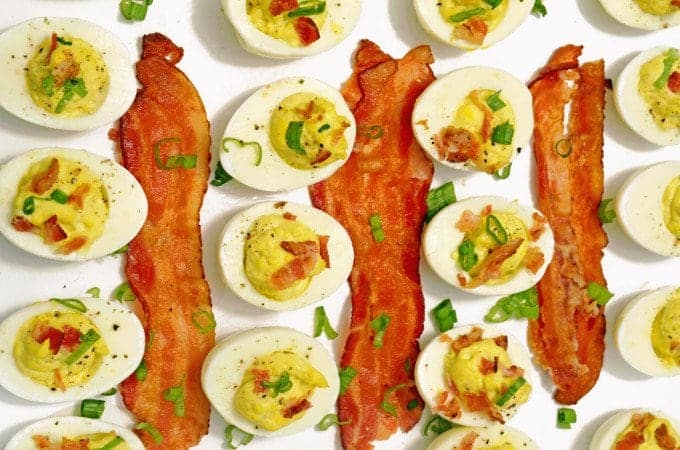
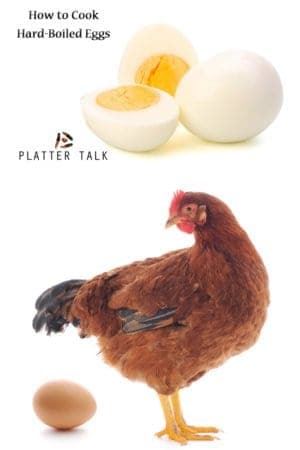
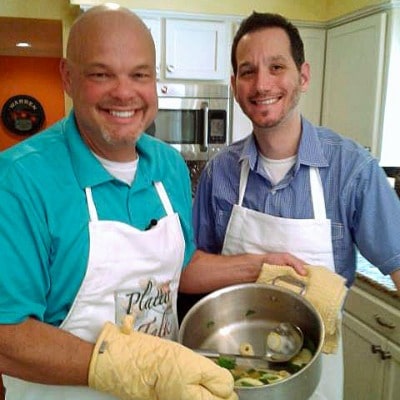











I love the tip about flipping the eggs to centre the yolk! So cool! I had no idea but I will definitely try that. Thank you!
I love “baking” my eggs in the oven – I find that they come out perfect every time!
Well that was interesting read. I just learned some amazing facts about eggs. Thanks! 🙂 I love hard boiled eggs and sure we all want our easter table to look pretty, so this post came just in the right time. Thanks for sharing this 😉
I am so glad that you liked the article. I thought that it was a good time to post, as Easter is on it’s way!
what a useful post
Love these tips! Getting perfect boiled eggs can be tricky.
Hope this helps your in all your eggdevers! lol
I always wondered why some eggs were so hard to peel. Great post!
Now you know!
It’s actually quite hard to cook a hard boiled egg perfectly and you have explained it well
Thanks Bintu. That means a lot, coming from you!
Thank you for the tips! I loved your pictured and comment about the egg looking like it had been hit by a train. I’d be lying if I said I have never peeled an egg and had it look like that! Thanks for sharing! Luci’s Morsels | fashion. food. frivolity.
No need to lie. That’s what egg salad is for! LOL. I’ve had plenty of those, myself.
This was a really interesting read! It’s something we do so much but it’s great to get some useful tips!
As we are approaching Easter, I thought the article might come in handy.
What great tips! Hard boiled eggs are so simple, but they’re also incredibly easy to mess up! Thanks for the tutorial!
You are most welcome.
These are some great tips. I love hard boiled eggs and don’t like the difficult peel ones. I’ve heard that before that if they’re hard to peel they’re fresher but I didn’t know why.
Now you do! Trouble is, most of the time we can’t figure that one out till we’re trying to peel them.